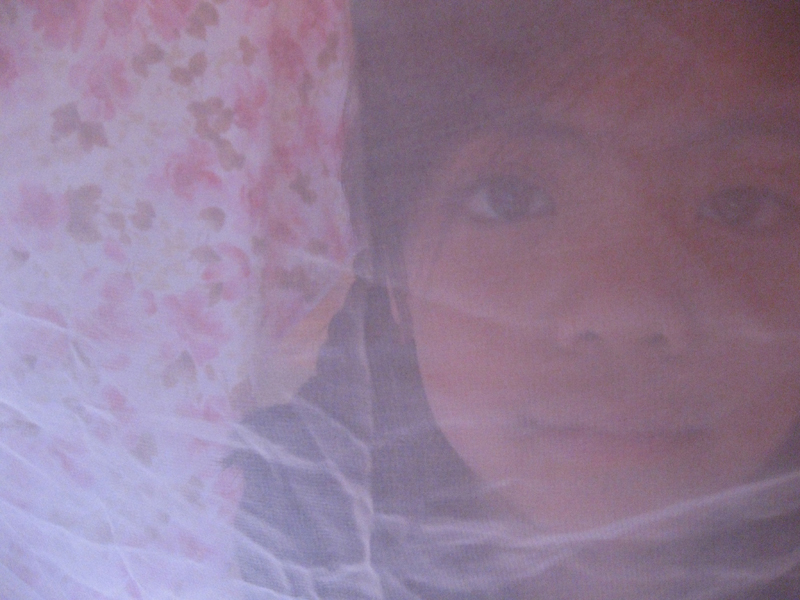
description of the work
description
listen
acknowledgements
artist bio
comments
elizabeth (home)



Constructed from three wooden chairs and several yards of re-purposed fabric, blanket-fort is an audible exploration and material re-creation of a familiar childhood architecture, the components of which have been gathered from a generous and impromptu community of Asian-American girls and women. The furniture and fabric are hand-me-downs provided by several Asian-American households while the audio content comes from a series of research activities (play dates) and interviews I conducted with several smart and adventurous Asian-American girls. Consequently, blanket-fort emerges as an intergenerational production of a highly memorable and precious kind of place-a place which recalls and calls forth the intimate security of home and childhood's improvised play spaces. In turn, blanket-fort perpetuates those founding and developmentally critical moments of creative agency, world-making, and self-possession through which we imagine, practice, and initiate claims over our own processes of individuation while also recognizing those processes as susceptible, impermanent, permeable and provisioned by the preconditions of our surroundings.
Like most of my artwork, blanket-fort is an exploration of and sculptural response to the writing and ideas of certain contemporary theorists and philosophers. In this case, I've consider the prompting question put forth by the curators of the exhibition "If you had a place of your own what would it be?" in light of Judith Butler's ethical considerations put forth her response to September 11th, 2001 and its continuing aftermath, Precarious Life: The Powers and Mourning and Violence:
"Although we struggle for rights over our own bodies, the very bodies for which we struggle are not quite ever our only own. The body has its invariably public dimension. Constituted as a social phenomenon in the public sphere, my body is and is not mine. Given over from the start to the world of others, it bears their imprint, is formed within the crucible of social life; only later and with some uncertainty, do I lay claim to my body as my own, if in fact, I ever do. I may wish to reconstitute my "self" as if it were there all along, a tacit ego with acumen from the start, but to do so would be to deny the various forms of rapture and subjection that formed the condition of my emergence as an individuated being and that continue to haunt my adult sense of self with whatever anxiety and longing I may now feel. Individuation is an accomplishment, not a presupposition, and certainly no guarantee." (pp.26-7)
In light of Butler's description, the question begins with "Who or what is this 'self' that creates place and claims ownership?" "How does that come into being?" and "How is this conceived?" Therefore the significant process for me becomes how to work toward a conception of self and of place that might re-imagine and reassert some creative alternatives to overly-fixed and hyper-individualistic notions of subjectivity and claims to space, alternatives that still honor and even celebrate the "I" that you or I might experience and enjoy, but formulate this conception as inherently and necessarily social, historically conditioned, open, unstable, and ethically accountable. Following from this sense, blanket-fort demonstrates that before the "I" there is invariably a "we" in which we are implicated--folded into and potentially unfolding from--a "we" in which you or I may participate but that necessarily and perhaps sometimes playfully exceeds any individual's control.
I'll be developing this description further and discussing blanket-fort in person at the artist talk on Saturday, May 14, 2-4pm at the SOMArts Cultural Center. Please join us!




